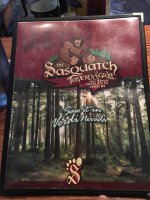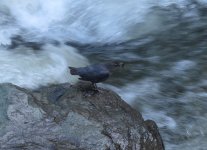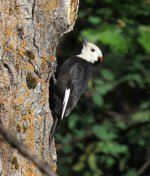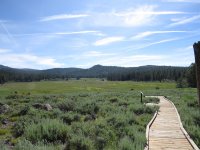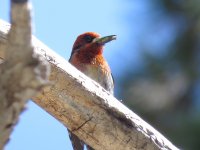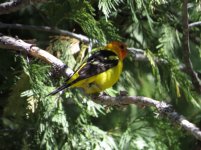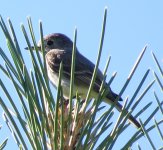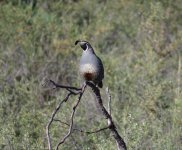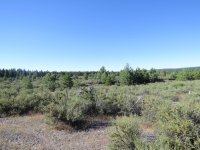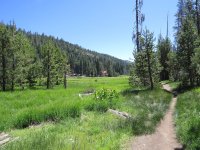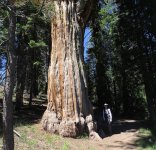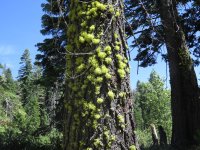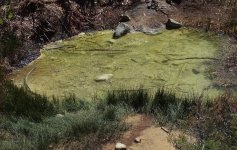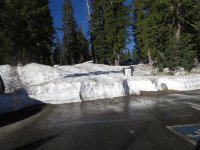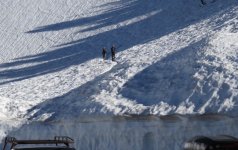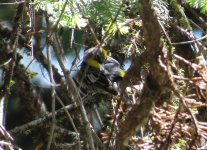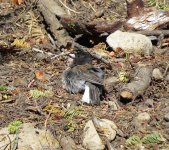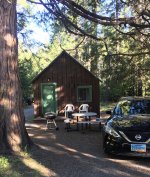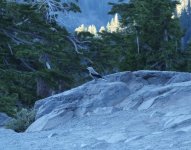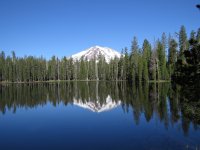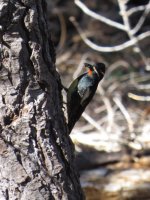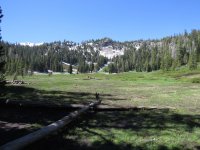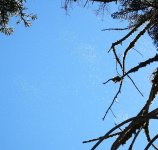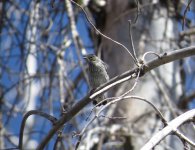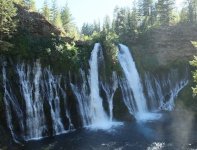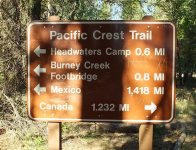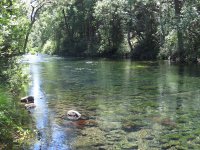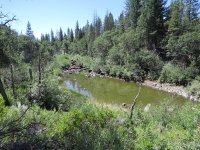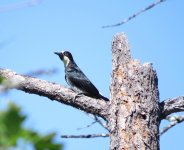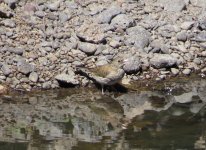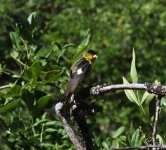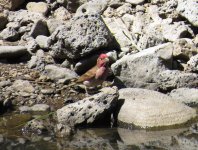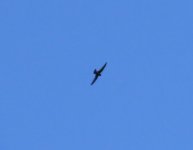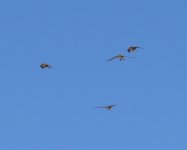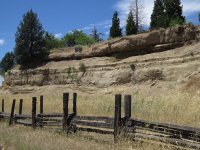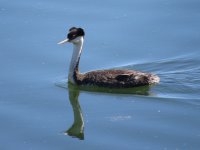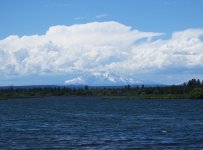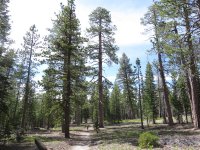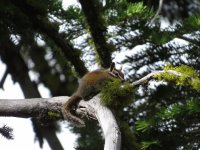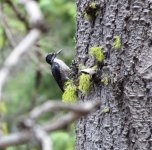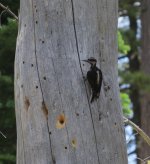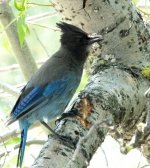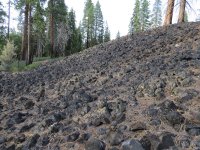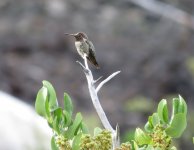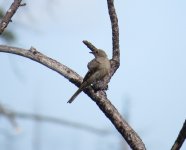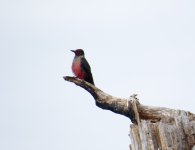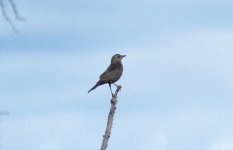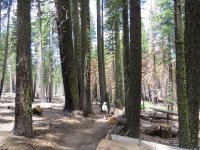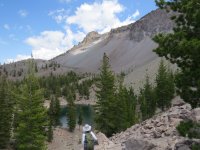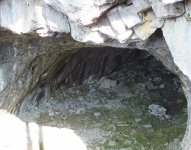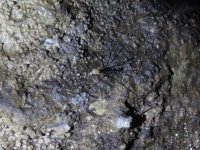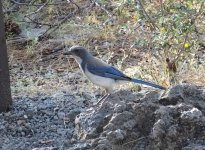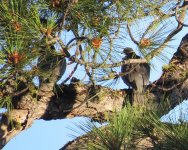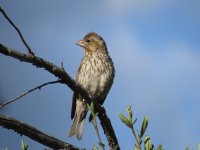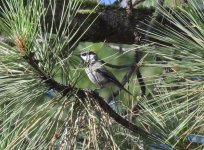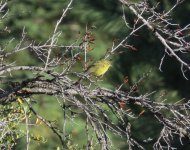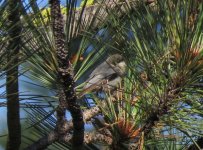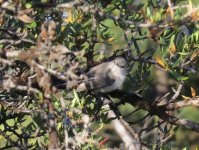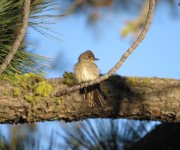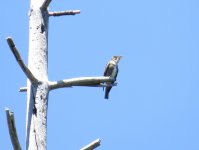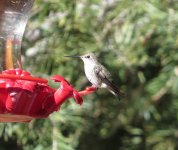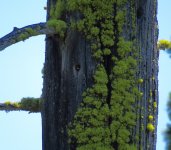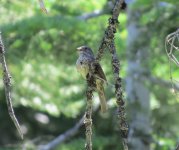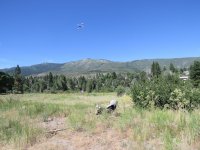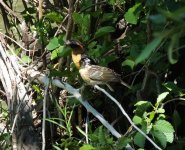Hamhed
Well-known member
There is nothing about my writing that is concise, abbreviated, terse or to the point. IF you reach the end of this report, I'm sure you will agree with that. But that's a big "if"...
Several years ago, we missed out on a planned trip to northern California, mostly to visit Lassen Volcanic National park in the Sierra Nevada mountains. We revived those plans this summer, flying to Reno, Nevada, to begin our ten day stay. Although we had an early flight, the three hour time change from the Greenville, South Carolina, served only to offset the 3.5 hours in the Chicago airport, waiting for our connecting flight. Still, we arrived by midday in Reno to pick up our Nissan Sentra from Rent-A-Wreck and make several stops for groceries. It was one of those food stops that gave us our only Black-billed Magpie sighting of the trip.
Outside the city, on our way west and south to California, we took a break for a leg stretch at Crystal Peak Park. Here we became familiar with two species that would be ubiquitous during our birding days to come. The Western Wood Pewee has a quiet single note call, musically buzzy like the sound of some melodious insect in the background of other noises. Two common sounds come from the Stellar’s Jay. A harsh, ripping of paper type of note and also a rapid series of “wek” notes, given like a video game spaceship weapon. We watched a Peregrine arc through the sky, with some unfortunate mid-sized bird, legs still moving, in its talons.
Even after a meal break at the Sasquatch Tavern (excellent food and atmosphere) in nearby Verdi, enough daylight was left to drive into California, turn north at Truckee and make our way north to Sierraville and our lodging at Canyon Ranch Resort.
Several years ago, we missed out on a planned trip to northern California, mostly to visit Lassen Volcanic National park in the Sierra Nevada mountains. We revived those plans this summer, flying to Reno, Nevada, to begin our ten day stay. Although we had an early flight, the three hour time change from the Greenville, South Carolina, served only to offset the 3.5 hours in the Chicago airport, waiting for our connecting flight. Still, we arrived by midday in Reno to pick up our Nissan Sentra from Rent-A-Wreck and make several stops for groceries. It was one of those food stops that gave us our only Black-billed Magpie sighting of the trip.
Outside the city, on our way west and south to California, we took a break for a leg stretch at Crystal Peak Park. Here we became familiar with two species that would be ubiquitous during our birding days to come. The Western Wood Pewee has a quiet single note call, musically buzzy like the sound of some melodious insect in the background of other noises. Two common sounds come from the Stellar’s Jay. A harsh, ripping of paper type of note and also a rapid series of “wek” notes, given like a video game spaceship weapon. We watched a Peregrine arc through the sky, with some unfortunate mid-sized bird, legs still moving, in its talons.
Even after a meal break at the Sasquatch Tavern (excellent food and atmosphere) in nearby Verdi, enough daylight was left to drive into California, turn north at Truckee and make our way north to Sierraville and our lodging at Canyon Ranch Resort.




